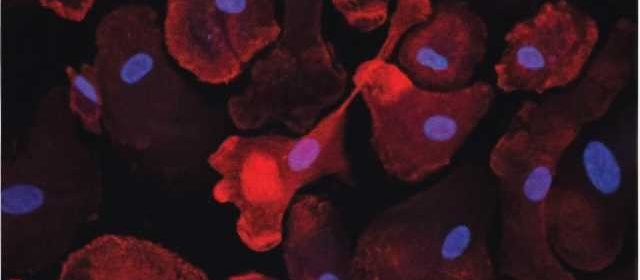Migraine patients face long wait for treatment on NHS

Waiting times for patients suffering from migraines have almost doubled in England, a report has revealed. Those requiring specialist care for the condition must wait an average of 29 weeks, up from 15 weeks in 2021, it was claimed. It has led a charity to call for the “debilitating and stigmatised” condition to be taken more seriously by clinicians. The […]
Continue reading »







